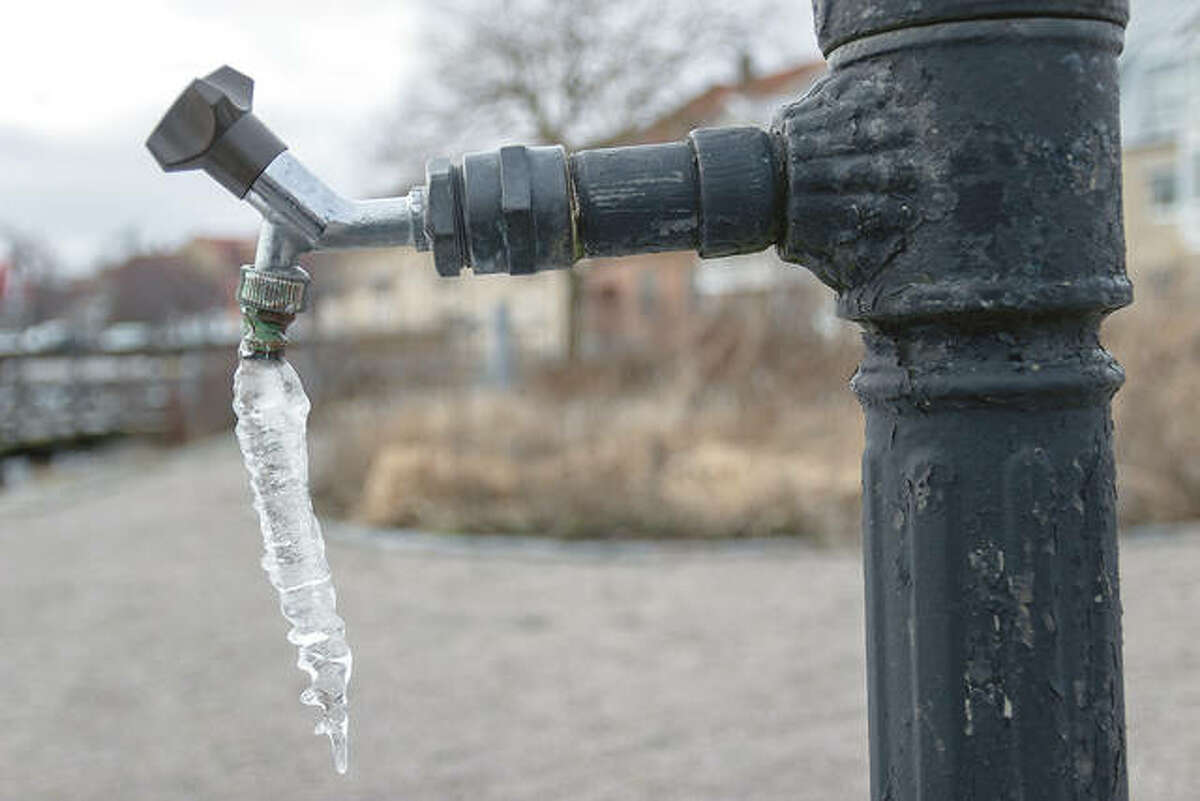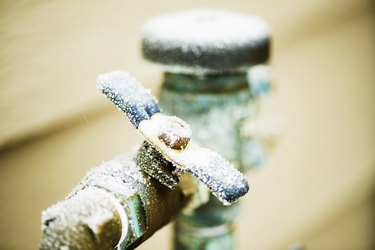Critical Strategies for Avoiding Frozen Pipes in Winter
Critical Strategies for Avoiding Frozen Pipes in Winter
Blog Article
Have you been hunting for know-how about Winter Plumbing Precautions: Preventing Frozen Pipes?

Cold weather can wreak havoc on your plumbing, specifically by freezing pipelines. Below's just how to prevent it from taking place and what to do if it does.
Introduction
As temperature levels decline, the threat of frozen pipes boosts, potentially resulting in costly repair services and water damages. Recognizing how to prevent icy pipelines is essential for home owners in cool environments.
Recognizing Frozen Pipes
What causes pipes to freeze?
Pipelines ice up when subjected to temperature levels below 32 ° F (0 ° C) for expanded periods. As water inside the pipes freezes, it increases, putting pressure on the pipe wall surfaces and possibly causing them to break.
Threats and problems
Frozen pipes can result in supply of water disturbances, home damage, and pricey fixings. Burst pipelines can flood homes and create considerable architectural damages.
Indicators of Frozen Piping
Recognizing frozen pipelines early can prevent them from breaking.
Just how to determine frozen pipelines
Look for lowered water circulation from taps, uncommon smells or noises from pipelines, and visible frost on subjected pipes.
Avoidance Tips
Shielding at risk pipelines
Wrap pipelines in insulation sleeves or utilize warm tape to shield them from freezing temperatures. Focus on pipelines in unheated or outside areas of the home.
Home heating techniques
Maintain interior spaces appropriately warmed, especially locations with pipes. Open cupboard doors to permit cozy air to circulate around pipelines under sinks.
Protecting Outdoor Plumbing
Yard hoses and outdoor faucets
Separate and drain pipes yard pipes before wintertime. Set up frost-proof faucets or cover outside taps with insulated caps.
What to Do If Your Pipelines Freeze
Immediate actions to take
If you think frozen pipelines, maintain taps open to ease stress as the ice thaws. Utilize a hairdryer or towels taken in warm water to thaw pipes gradually.
Long-Term Solutions
Structural adjustments
Think about rerouting pipes far from outside wall surfaces or unheated areas. Add additional insulation to attic rooms, cellars, and crawl spaces.
Upgrading insulation
Purchase top quality insulation for pipes, attics, and wall surfaces. Appropriate insulation helps preserve consistent temperatures and minimizes the risk of frozen pipes.
Final thought
Preventing icy pipes requires positive procedures and quick responses. By recognizing the causes, indications, and safety nets, house owners can safeguard their plumbing throughout cold weather.
5 Ways to Prevent Frozen Pipes
Drain Outdoor Faucets and Disconnect Hoses
First, close the shut-off valve that controls the flow of water in the pipe to your outdoor faucet. Then, head outside to disconnect and drain your hose and open the outdoor faucet to allow the water to completely drain out of the line. Turn off the faucet when done. Finally, head back to the shut-off valve and drain the remaining water inside the pipe into a bucket or container. Additionally, if you have a home irrigation system, you should consider hiring an expert to clear the system of water each year.
Insulate Pipes
One of the best and most cost-effective methods for preventing frozen water pipes is to wrap your pipes with insulation. This is especially important for areas in your home that aren’t exposed to heat, such as an attic. We suggest using foam sleeves, which can typically be found at your local hardware store.
Keep Heat Running at 65
Your pipes are located inside your walls, and the temperature there is much colder than the rest of the house. To prevent your pipes from freezing, The Insurance Information Institute suggests that you keep your home heated to at least 65 degrees, even when traveling. You may want to invest in smart devices that can keep an eye on the temperature in your home while you’re away.
Leave Water Dripping
Moving water — even a small trickle — can prevent ice from forming inside your pipes. When freezing temps are imminent, start a drip of water from all faucets that serve exposed pipes. Leaving a few faucets running will also help relieve pressure inside the pipes and help prevent a rupture if the water inside freezes.
Open Cupboard Doors
Warm your kitchen and bathroom pipes by opening cupboards and vanities. You should also leave your interior doors ajar to help warm air circulate evenly throughout your home.

As an avid person who reads on How to prepare your home plumbing for winter weather, I imagined sharing that excerpt was sensible. Sharing is nice. Who knows, you may very well be doing someone a favor. I truly appreciate your readership.
Call Today Report this page